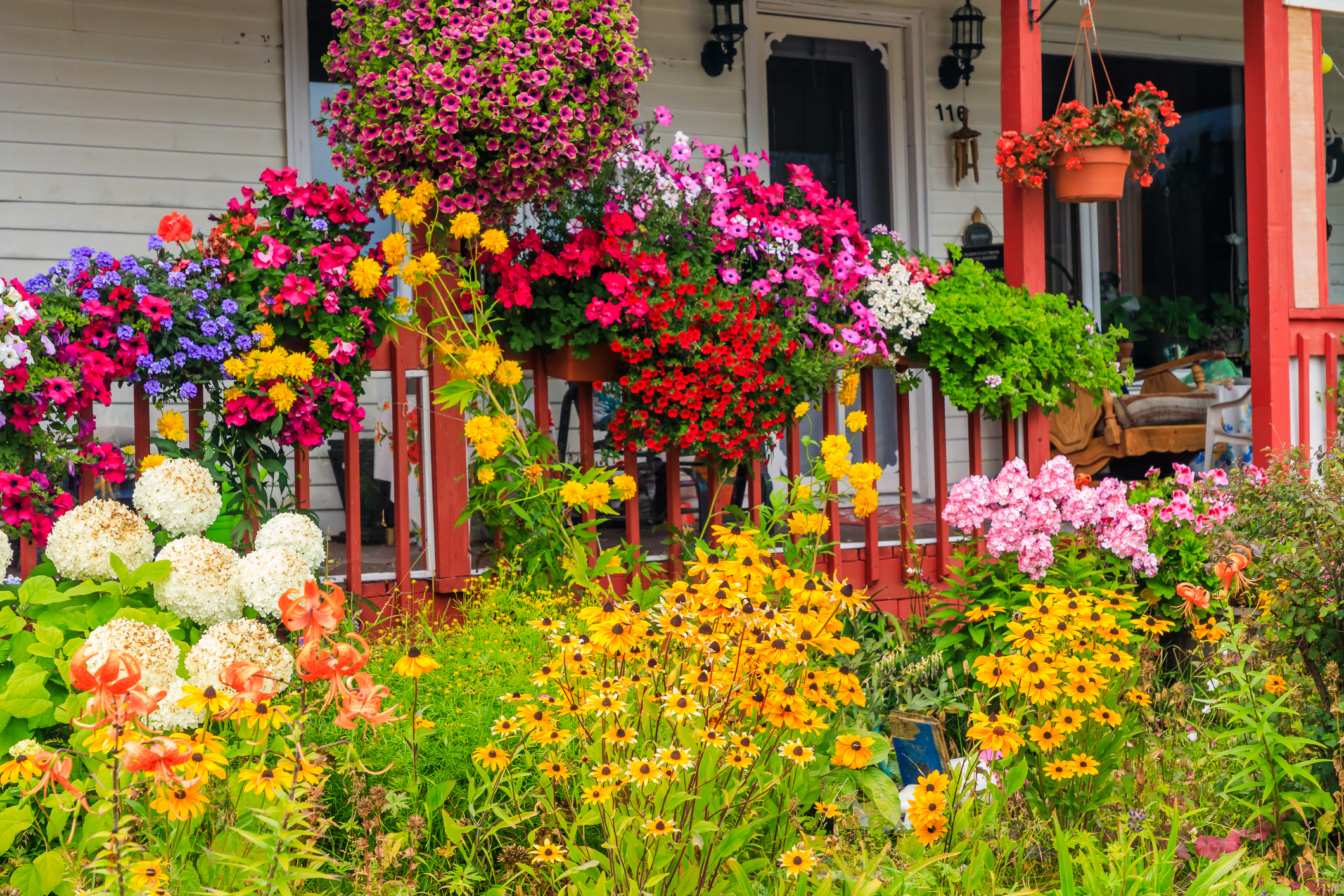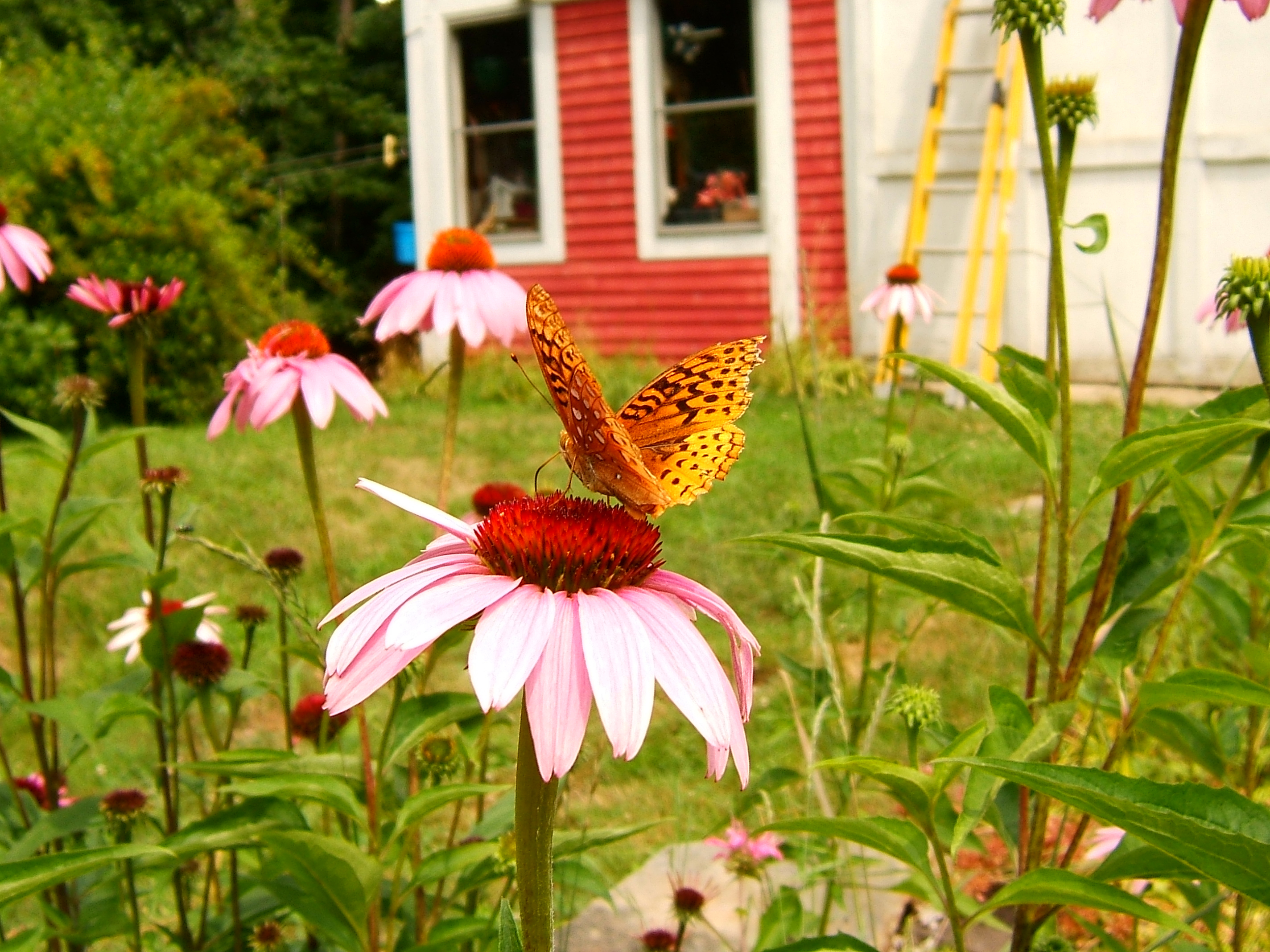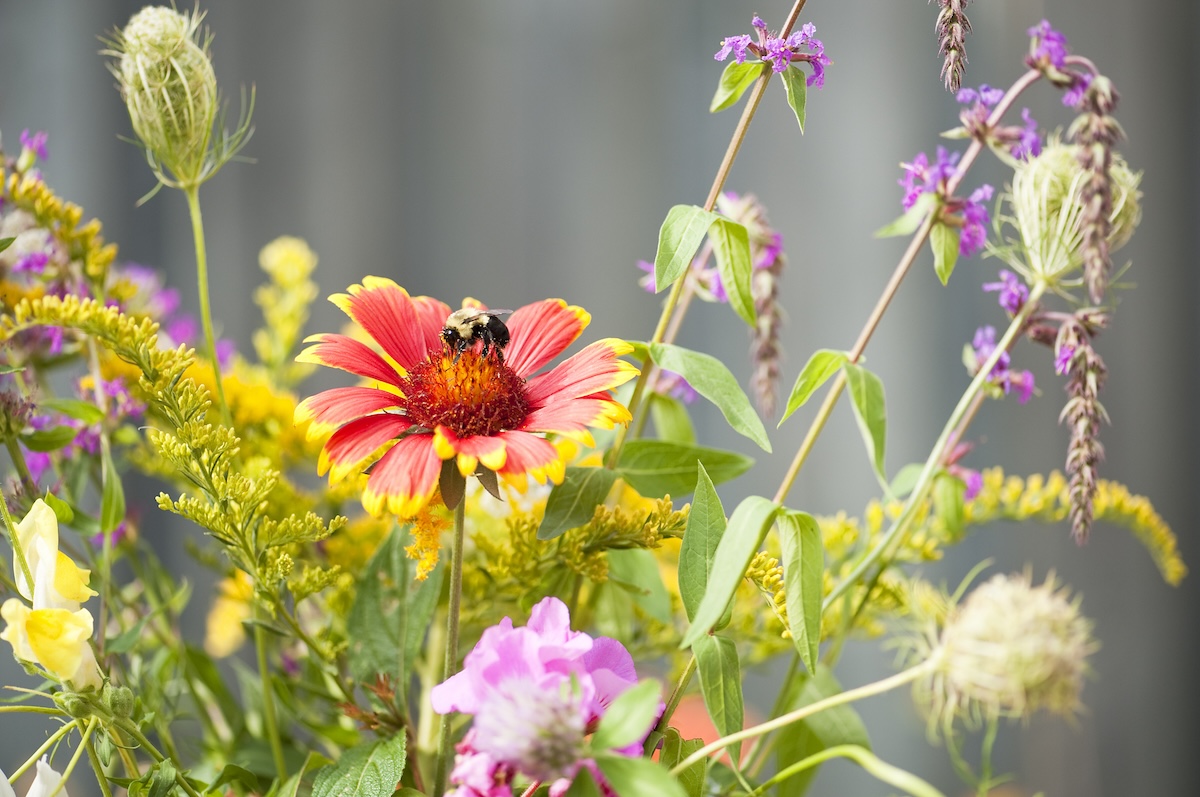We may earn revenue from the products available on this page and participate in affiliate programs. Learn More ›
Bees and other pollinators are vital to ensure healthy ecosystems and sufficient food supply around the world. They heighten plant reproduction and produce genetic diversity in the plants they pollinate, according to the United States Department of Agriculture. As more people recognize the importance of pollinators—like native and non-native bees, wasps, butterflies, moths, beetles, flies, and other insects—they are choosing to plant pollinator-friendly flower gardens to help attract and support these important, yet often threatened, creatures.
But what should these pollinator-friendly gardens encompass? To answer this question, researchers at the University of Tennessee examined what these gardens should look like to determine what attracts pollinators and whether the surrounding area impacts the allure of flower gardens for different bee species.
By studying four different types of gardens at five different sites, scientists found that the number and types of flowers in the garden mattered more to pollinator success than the surrounding landscape. In fact, planting diverse and abundant flowers that bloom all season long may be more important to bees and other pollinators than what surrounds the flower garden. Therefore, we all have the power to help local pollinators by creating pollinator-friendly gardens no matter where we live or what lies beyond our yard in the local surrounding area.
Keep reading to learn more about the factors that are the most and least crucial to attract pollinators, and how to choose the best flowers to bring more pollinators into your garden.

Diverse flower gardens attract pollinators.
One of the key findings of the study is that diversity of the flowers is critical to attracting more pollinators. Researchers observed four different types of gardens. Three of the gardens contained only one type of flower (either daisies, legumes, or mints), while another garden had a mixture of all these flowers.
As it turns out, the mixed garden site had the highest number of bees visiting it. Researchers concluded that the most important factor in improving bee communities is the floral display size and variation of plant species in the garden.
Diversity of flowers in the local surrounding area is less important.
Because land use changes, such as real estate development, are considered a possible reason for declines in pollinator populations, researchers were curious about how the area surrounding a garden affects the pollinators visiting the flowers planted inside it. They discovered that the size of the floral display and diversity of flowers in the local area near a home garden had no impact on how many bees visited the garden. In fact, researchers concluded that planting small flower gardens, what they refer to as “floral resource provisioning strips,” can help minimize the effects of changes in land use in the nearby region.

Plant flowers strategically to attract pollinators.
Choosing and planting a mix of the correct plants in the most effective way can ensure that pollinators flock to your garden. The following tips will help you design the best pollinator-friendly garden possible, so you can play a role in providing essential habitat for a variety of pollinator species.
Understand local pollinators.
Before you can decide which plants to add to your garden, become familiar with the types of common pollinators in your local area. Butterflies and moths feed on nectar plants, and specific butterfly species rely on certain types of plants as hosts. Most people don’t realize that flies are the second most common pollinator, after honey bees. Flies aren’t picky about the flowers they choose to pollinate.
Finally, the kind of flowers that beetles pollinate depends on the region in which they appear. It’s worth doing some research to better understand what each type of pollinator prefers in the garden.
Match pollinators to plants.
Once you know which pollinators might pay a visit, you can design your garden by choosing the plants they are most attracted to. Each plant has certain traits that specific pollinators seek, such as the scent, color, or shape of the flowers. Hummingbirds, for example, prefer bright red, purple, and yellow flowers that have a tubular shape so they can easily sip nectar with their long narrow beaks.
Bees are often seen around purple, blue, and yellow flowers that have a sweet fragrance, such as buttercups and black-eyed Susans. White, pink, red, yellow, or purple flowers are favorites for butterflies. They also prefer flowers that have a platform for them to perch and sip nectar from, such as asters and sunflowers. Finally, flower beetles seek out sunflowers and yarrows, and hoverflies love golden currant, rabbitbrush, and sunflowers as well.
Cluster diverse plants in the garden.
Pick a variety of native pollen- and nectar-producing plants in all shapes and sizes, such as bowl-shaped, tubular, and flat-topped, to attract different types of pollinators. Group multiple native species together in clusters so pollinators can spot them easily. Some popular choices include asters, calendula, foxglove, marigold, milkweed, monarda (bee balm), nasturtium, sunflowers, and zinnia. Pollinators also love herbs like oregano, rosemary, basil, cilantro, mint, and thyme.
Planting a diverse set of native plants also makes your pollinator garden more friendly to pollinators year-round. Providing nectar in early spring, for example, supports bee populations. Providing food, shelter, and water for pollinators throughout the year will help keep them around.
Choose accessible plants.
To give pollinators the best chance possible, avoid double-flowered plants that make it challenging for them to reach the pollen inside the flower. Also, avoid hybrid plants bred to not produce pollen, since that defeats the purpose of a pollinator garden. Instead, opt for flowers that have one ring of petals around a central disc.
Consult region-specific plant guides.
Every state or region has unique native plants based on the climate, soil conditions, and other factors. It’s essential to determine which specific plants thrive where you live to successfully attract local pollinators. Check out the Xerces Society for Invertebrate Conservation’s pollinator-friendly native plant lists and Pollinator Partnership’s ecoregional planting guides, or ask your local native plant society or extension office for more information.


